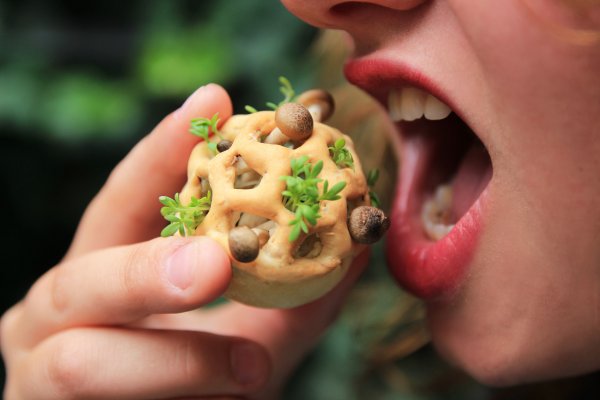From Pixels To Plate: The 3D Printed Food Industry Is Growing

As the world’s population rapidly approaches 8 billion, modern food production methods are in need of a transformation to keep up, and 3D food printing technology may be the answer.
Conventional 3D printers can do just about anything. They create 3D objects from metals, plastics and a whole heap of other raw materials. The concept of 3D food printing follows the same process, the only difference is that foodstuffs like pasta, vegetables and meat are loaded into food-safe capsules. The capsules can be sold as a together or separately, and the recipes are preprogrammed, with most of the dishes ready to eat straight from the printer.
3D printers give users complete control over consistency and texture, the ease and precision with which the food can be produced could revolutionise how we source and create our food. The printers can also help to make food production more sustainable, combat malnutrition in the developing world and aid people with illnesses. “People shrug off this technology and say it’s just for fun,” says Kjeld van Bommel, a research scientist at TNO, a Dutch research institution working on food printing technologies.” But fun is a huge part of food”. 3D printed food in attractive shapes and colours can get children with autism and other illnesses that affects their diet eat better on a psychological and nutritional level.
“We have to produce as much food in the next 40 years as we have in the last 8,000,” Jason Clay, Senior Vice President for Market Transformation at the World Wildlife Fund, said. “We need to find a way to do this more sustainably. The biggest threat to the planet is to continue producing food in a business-as-usual fashion”.
“Food printing could allow consumers to print food with customized nutritional content, optimized based on biometric and genomic data,” Columbia Professor Hod Lipson, told The New York Times. “So instead of eating a slice of yesterday’s bread from the supermarket, you’d eat something baked just for you on demand. This may be the missing link between nutrition and personal medicine, and the food that’s on your table.” “Food printers are not meant to replace conventional cooking—they won’t solve all of our nutritional needs, nor cook everything we should eat. But they will produce an infinite variety of customized fresh, nutritional foods on demand, transforming digital recipes and basic ingredients supplied in frozen cartridges into healthy dishes that can supplement our daily intake,” says Lipson.
It is important to note that despite the recent advancements in 3D food printing, there are still many obstacles to overcome. For one, the ingredients used in the capsules have to be converted to paste before being programmed, so the printing process is time-consuming. “Printing in food materials is a lot more difficult from an engineering point of view than plastic or metals,” Lipson said. “They interact with each other in very complex ways.”
Find out more about 3D Food Printers below:
Leave Comment: